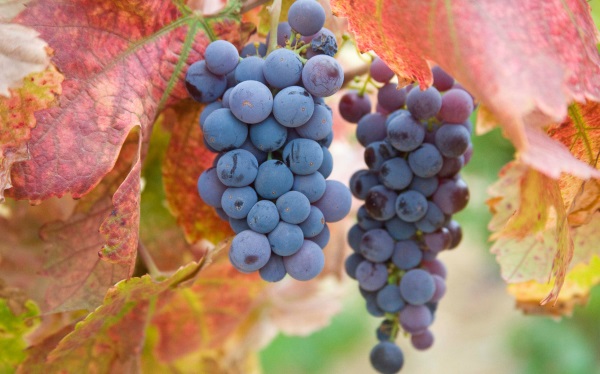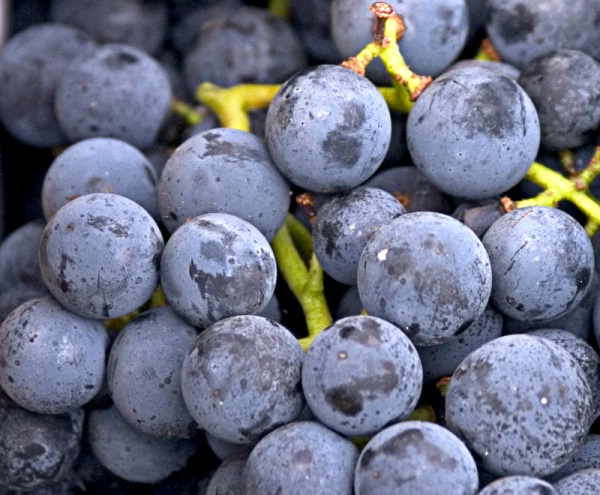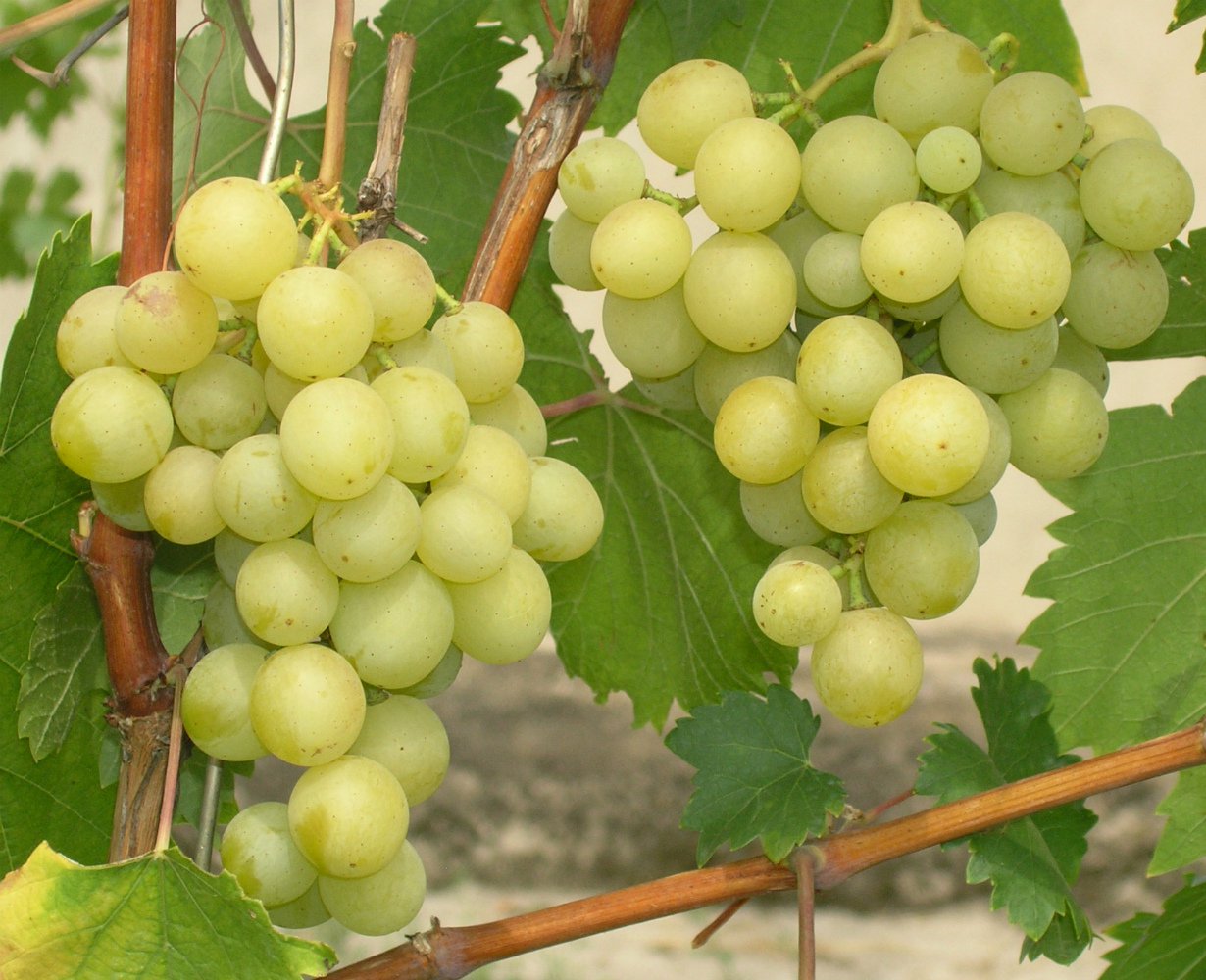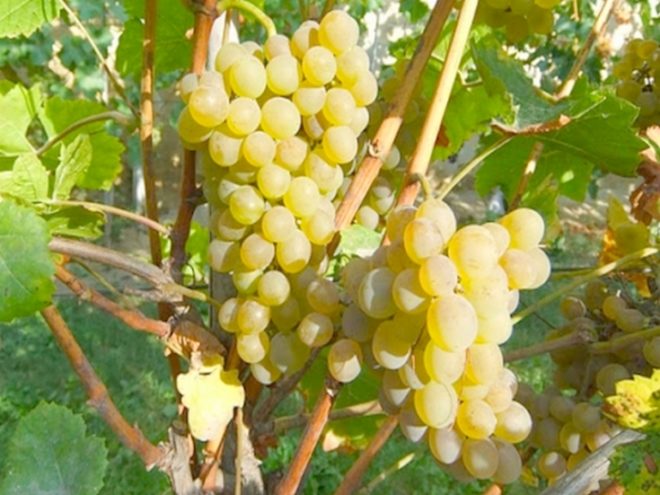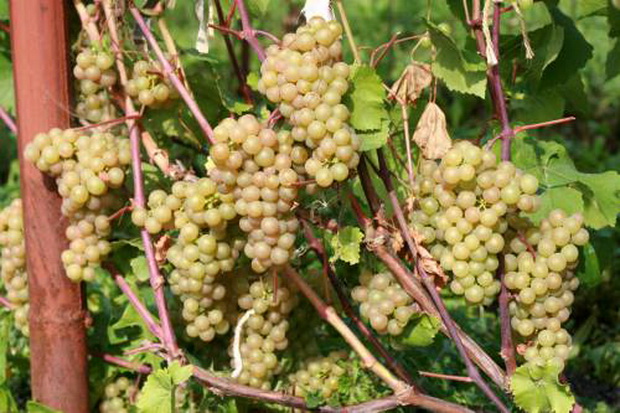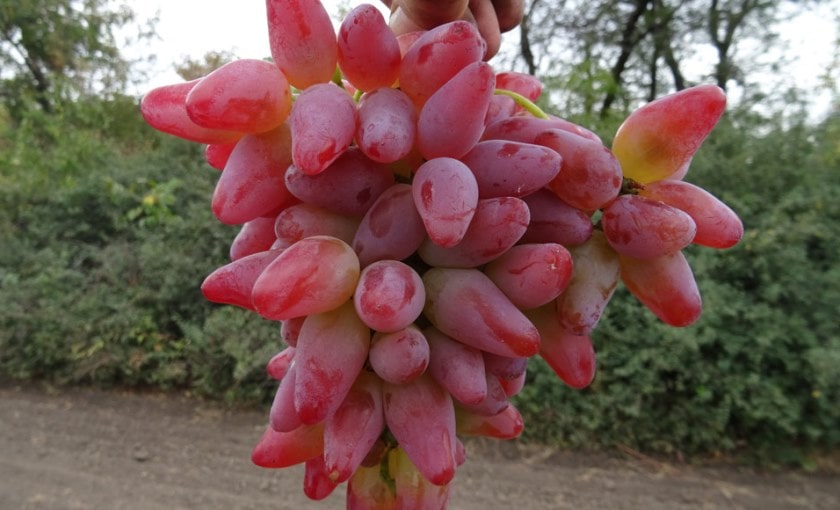Content:
Breeders have bred a huge number of grape varieties, each of which is good in its own way: some are notable for early maturity, others for the longest shelf life and a presentable species for trade. Gardeners fell in love with the Russian Concorde grape for its sensitivity to winter cold, so it is boldly planted even in the northern regions. The delicate and unusual taste of the berries, combined with the high yield of this variety, are the main reasons for choosing among gardeners.
Origin story
Russian Concord grapes were bred on the basis of the homonymous variety in the United States. The new species owes its successful appearance to the American Concorde and the Amur grape variety. The Concord variety, bred by Russian breeders, has become an excellent alternative to another common type of Lydia due to its increased resistance to frost, various diseases and pests.
Description of grapes Russian Concord
The grape bunches of the variety are highly branched and have an average density. The shape is cylindrical. The weight of one bunch can reach 1 kg, but despite this, Concorde is well stored.
Many gardeners report increased yields. From 1 g of a vineyard, you can get up to 80 centners, and from a bush - 4-6 kg, which is a lot compared to the same Lydia.
The berries of this variety are fleshy and juicy, of a large rounded shape, there is a strawberry hue in the taste. The skin is of medium thickness. The color in the process of ripening changes from pink to dark red with a purple tint, and then to dark blue.
Agricultural technology of cultivation
The growing season is 126 days. The flowers of this grape variety are female. It is well pollinated if the Metallic variety is planted next to it.
This variety is characterized by great growth force and liana type of branches, therefore, when planting, you need to install trellises or arches in advance.
Concorde is planted on the south or southwest side of the site. Holes measuring 1 × 1 m should be dug in the direction from north to south. Leave 2 m between plantings. Pour drainage (small stones, broken brick or chopped brushwood) at the bottom of the pit. Sprinkle on top with earth mixed with manure and mineral fertilizers.
It is important to provide the plant with good care for a good harvest. After planting, you need to fertilize 2-4 times a year.
- The first is done in March. This is believed to help the plant adapt and grow faster.
- Twice in the summer, nitrogen fertilizers must be applied under the bush.
- It will be useful to additionally feed the grapes with organic fertilizers: chicken dung or manure.
As for watering, Concorde is not a strong fan of high humidity. The main thing is to water abundantly during a drought and do not forget to loosen the ground later.
Advantages and disadvantages
Summing up, it is worth noting the advantages of the Concorde variety:
- In the first place, of course, is the increased resistance to frost. That is why the variety is often found in the northern strip of Russia.
- The grapes easily withstand acclimatization.
- Possesses a pleasant rich taste.
Of the minuses, only one can be named - Concorde branches heavily, so you will have to make stable supports, which is a hassle for some gardeners.
By planting this variety on your site, with minimal maintenance, you can harvest a good grape harvest.
